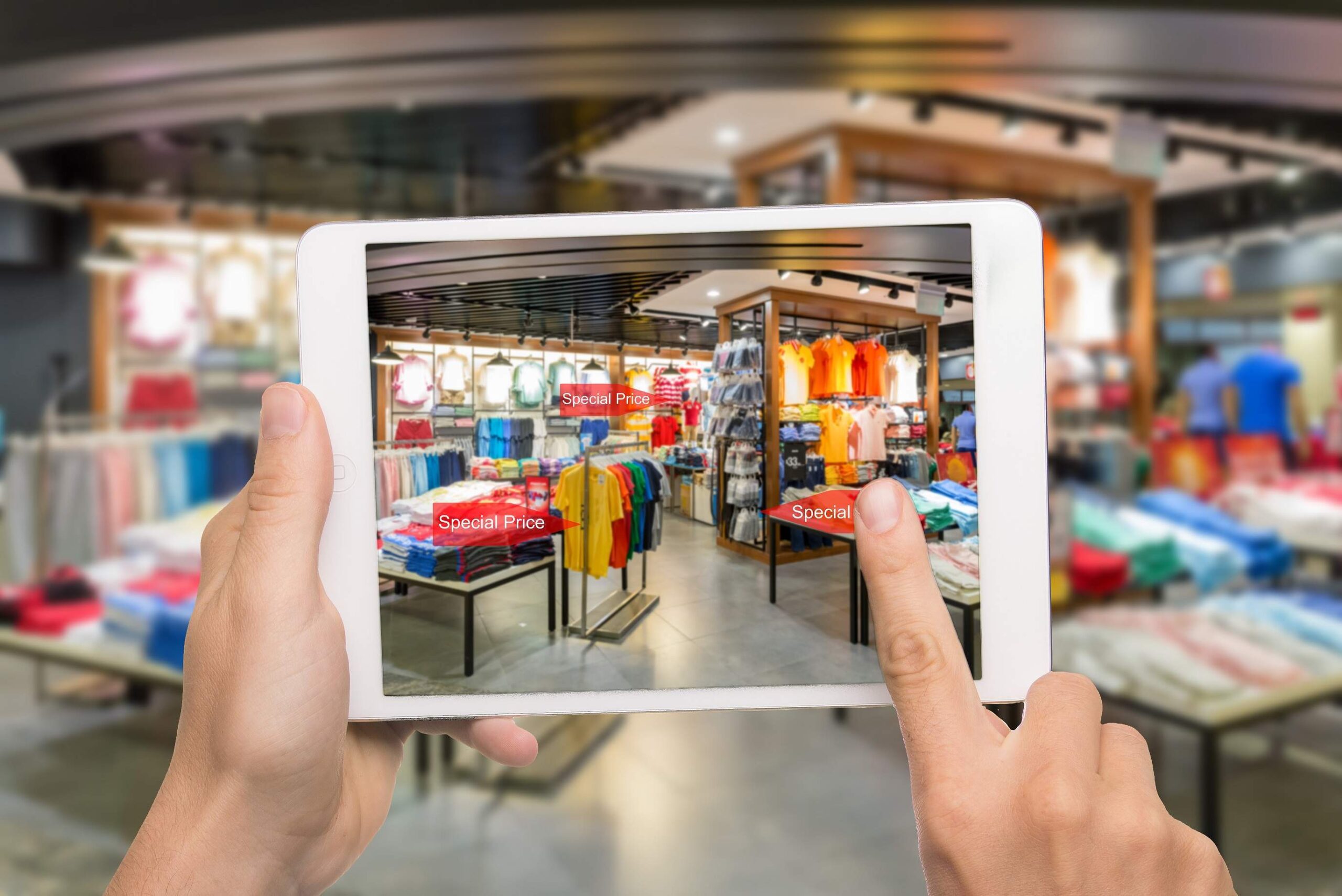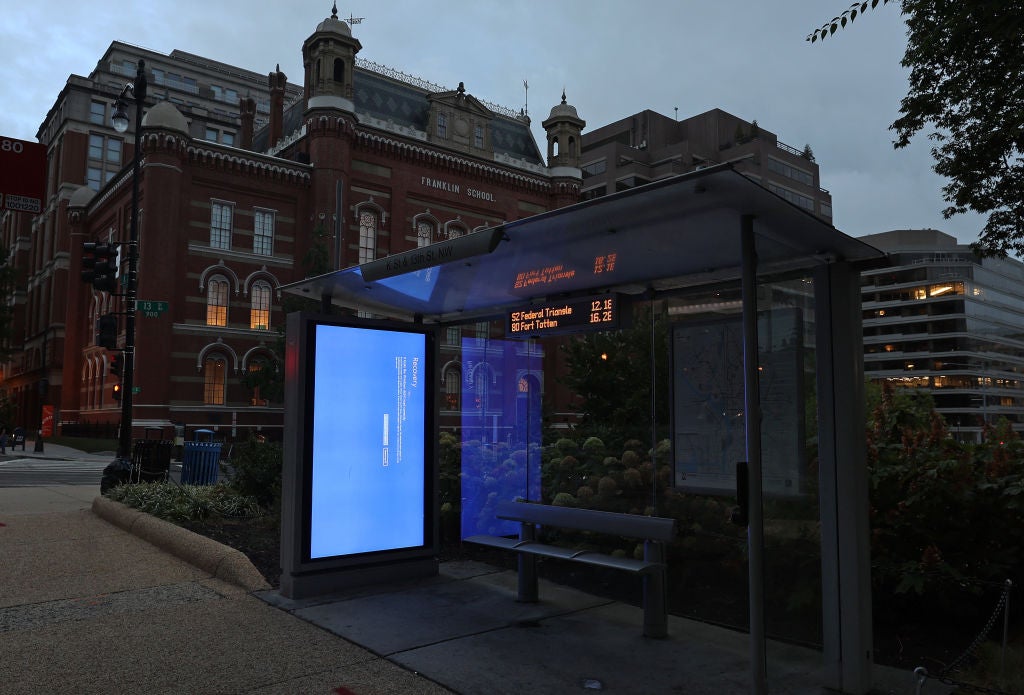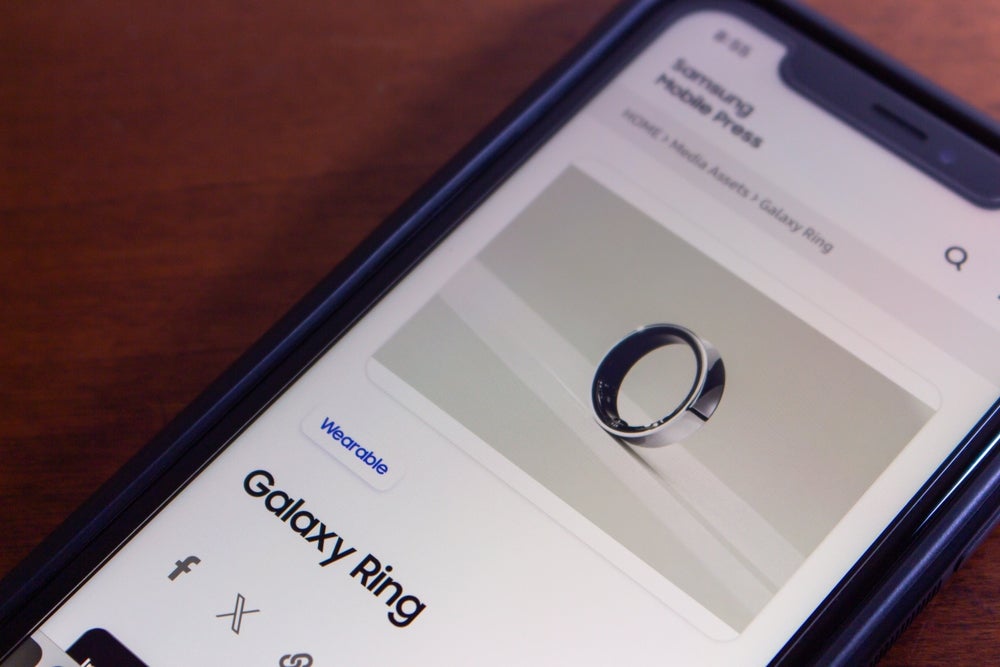
For many retailers, 2018 was undoubtedly a turbulent year for the high street. With widespread store closures and from household names such as Debenhams, Gap and HMV, The Centre for Retail Research predicted that 2018 would be the “worst year for bad retail news since the recession in 2008”.
However, last week the Office of National Statistics revealed new statistics that showed a glimmer of hope for the high street. Despite figures showing that 2,481 stores closed in 2018, figures from the ONS suggest that the high street may have finally had a much-needed sales boost.
Last month, sales from brick-and-mortar retailers in the UK increased by 6.7% compared to March 2018, the biggest increase since October 2016. Monthly sales also rose by 1.1%. Retailers have attributed this to the warmer weather, compared to last year which saw many parts of the country experiencing snow and bad weather thanks to the “beast from the East.”
Department stores were the only store type to decrease in the quantity bought when compared with March 2018, with a fall of 0.3% in March 2019.
Whether this is a temporary increase or a sign of things to come, research has also shed light on the shopping habits of young people; vital information for retailers eager to attract customers.
Shoppers have not turned their back on bricks-and-mortar retail
Despite e-commerce now accounting for 18% of purchases made each month, research from experience agency Foolproof has found that millennials still prefer to shop in bricks-and-mortar stores, despite the convenience and instant gratification offered by online shopping.
How well do you really know your competitors?
Access the most comprehensive Company Profiles on the market, powered by GlobalData. Save hours of research. Gain competitive edge.

Thank you!
Your download email will arrive shortly
Not ready to buy yet? Download a free sample
We are confident about the unique quality of our Company Profiles. However, we want you to make the most beneficial decision for your business, so we offer a free sample that you can download by submitting the below form
By GlobalData58% of 18-24 year olds and 60% of 25-34 year olds stated that they would rather shop for clothes in-store than online, with 55% of people still buy their groceries in-store, and 48% of people wanting to try out items before they buy. This demonstrates that physical stores are still an important channel for brands to reach customers, even digital natives.
Foolproof’s research also revealed the aspects of shopping that consumers dislike. It found that 57% of 25-34 year olds dislike the crowds and queuing that comes with in-store shopping, 40% dislike carrying shopping around, and 36% are put off by travelling and parking.
Embracing retail technology is key
Addressing these frustrations, and how retail technology can help solve them, is key for the survival of physical stores.
From using big data to improve customer recommendations to augmented reality to assist with trying on clothes, and even making it easier to track and manage stock, research increasingly suggests that those who are willing to embrace new technology stand a better chance of surviving in the new retail environment.
According to a survey conducted by SOTI, two-thirds of consumers are more likely to shop at a store that integrates technology into the shopper experience.
In order to compete against the rise of e-commerce, physical stores must re-think what they are offering. Many are doing this, with an increased focus on creating a unique, seamless customer experience that highlight the strengths of physical stores.
Many are trialling the use of mobile technologies to make checkout processes simpler, incorporating virtual reality into their in-store experience, or personalised offerings such as such as recommendations, discounts and offers, with many big-name brands focusing not only on the products they sell, but the environment in which shoppers buy them.
Last year, NIKE opened its new flagship store in New York, which featured Nike’s Speed Shop, a service which captures the convenience of online shopping by allowing shoppers to order items online that can then be picked up from secure lockers in-store.
John Lewis recently announced that shoppers can now test lipstick colours before they buy through the John Lewis app’s “Try On” AR feature.
Some are going one step further, with cutting-edge retail technology such as smart mirrors and 3D body scanning making their way into changing rooms and enabling shoppers to further personalise their shopping experience.
Last year, Zara opened a new store in Stratford’s Westfield shopping centre featuring interactive mirrors that can detect items of clothing a customer is holding and make suggestions based on this.
Although it is difficult to assess whether the increasing use of retail technology has translated directly to an increase in sales, recent research from Fujitsu showed that 75% of consumers believe that a good use of retail technology would be enough to persuade them to pay more for an item or make more frequent purchases.
“Retailers need to create an experience”
Peter Ballard, Co-founder of Experience Design Agency, Foolproof believes that it is essential for retailers to focus on the strengths of in-store shopping:
“The fact is that our generations of the future still see a place for the in-store shopping experience, but retailers need to create an experience that plays to the strengths of in-store shopping whilst fixing the pain points that are driving people away.
“Retailers have an opportunity, but they need to act now or they will lose out forever. As the digital world continues to mature, we are seeing time and time again that truly beautiful and frictionless experiences are pulling favour. Some of the advantages of the in-store experience over online shopping, such as the tactile nature of browsing and assessing an item’s quality with your own eyes, may eventually be addressed with advances in technology, but for now those aspects of shopping still have to happen physically, in-store, in person.”
He believes that brands must start building some of the advantages of online shopping into the in-store experience. For example, eliminating queuing for checkouts, making home delivery an effortless option, and providing more inspiration and guidance to shoppers.
Equally brands should also play up the aspects of in-store shopping that cannot be replicated online such as the ability to see and feel the quality of products, and the opportunity for a social outing with friends.
However, his key piece of advice is for brands to embrace an “omichannel” approach, breaking down the barriers between online and instore shopping. He believes that it is important for retailers to “think where the digital and physical experiences of shopping can meet, take each touch point and ask whether technology can enhance this in-store, and use data from all channels to reward customers for their loyalty”.






